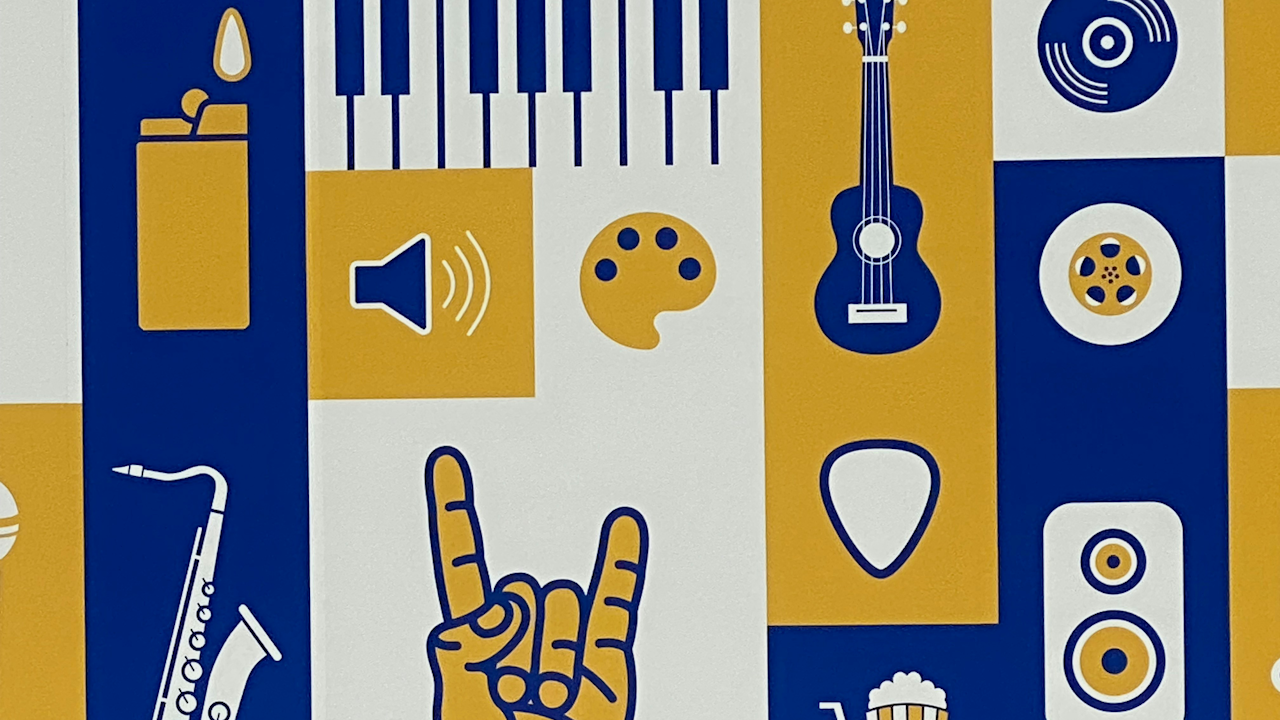Popular music has long been more than just entertainment. Beneath catchy hooks and pulsing beats, many songs are layered with rich symbolism that speaks to deeper cultural, emotional, and psychological truths. Whether it’s a protest anthem, a love ballad, or a dance-floor hit, the words chosen by songwriters often carry meanings that go beyond their surface interpretations. Understanding symbolism in popular music invites listeners into a more profound engagement with the songs they enjoy, allowing them to grasp hidden messages and feel more connected to the artist’s vision.
Symbolism in music serves several purposes. It allows artists to communicate complex emotions or controversial ideas in a more palatable way. This can be especially important when dealing with themes like politics, religion, identity, or trauma. For instance, using symbolic language can help an artist bypass censorship or public backlash while still making their point. Furthermore, symbolism can create layers of meaning that reward repeated listening. As fans dig deeper into lyrics, they may find new interpretations and connections, enhancing their appreciation of the work.
A classic example of symbolism in popular music can be found in Bob Dylan’s 1965 song “Like a Rolling Stone.” On the surface, the lyrics tell the story of someone who has fallen from grace. However, the song’s imagery “How does it feel to be on your own, with no direction home” reflects a broader sense of alienation and social upheaval. Dylan’s symbolic language captured the disillusionment of a generation grappling with shifting norms and political unrest. His lyrics resonated not just for their poetic quality but because they encapsulated a shared experience through metaphor.
In more recent years, Beyoncé’s Lemonade album has received praise for its use of symbolic imagery to explore themes of infidelity, race, and empowerment. Songs like “Hold Up” and “Freedom” are filled with references to historical struggles and spiritual resilience. Water, fire, and ancestral symbols are woven throughout the visuals and lyrics, creating a narrative of pain, healing, and transformation. The symbolism in Lemonade adds a mythic quality to personal experiences, making them feel both deeply intimate and universally significant.
Symbolism is also a powerful tool in genres like hip-hop, where lyricism is paramount. Rappers often rely on metaphor and allegory to comment on their environments, identity, and aspirations. Kendrick Lamar’s To Pimp a Butterfly is rich with symbols that address systemic racism, self-worth, and the complexities of fame. The butterfly represents beauty and fragility, but also transformation. The title itself suggests exploitation, raising questions about how Black artists are treated within the industry. Lamar’s dense lyrics invite listeners to unpack each line, creating a body of work that functions as both music and literature.
Even seemingly straightforward pop songs can carry symbolic weight. Taylor Swift is known for embedding her lyrics with metaphors and symbols that reflect her personal life and broader emotional themes. In her song “The Archer,” the figure of the archer becomes a symbol of vulnerability and self-doubt. The line “I’ve been the archer, I’ve been the prey” speaks to the dual roles people play in relationships and internal conflict. Swift’s use of symbolic language turns personal reflections into shared emotional experiences that resonate with a wide audience.
Symbols in music are not limited to lyrics alone. They also appear in song titles, album artwork, and accompanying music videos. Visual elements often reinforce or expand upon lyrical themes, providing further layers of meaning. For example, Childish Gambino’s “This Is America” uses jarring contrasts between upbeat music and disturbing visuals to critique gun violence and racial injustice. The lyrics may seem minimal, but when paired with the symbolic imagery in the video, the message becomes strikingly clear.
The universality of symbols helps them transcend language and cultural barriers. A broken heart, a rising sun, or a caged bird can carry similar meanings across different contexts, making symbolic music relatable to a global audience. At the same time, local and culturally specific symbols can educate listeners about particular traditions and struggles. Artists from different parts of the world often draw on folk tales, spiritual beliefs, and historical events to enrich their music with symbolic meaning. This not only preserves cultural heritage but also fosters cross-cultural understanding.
While symbolism adds depth, it can also lead to varied interpretations. What one listener sees as a political statement, another might view as a personal lament. This ambiguity is part of what makes symbolic music enduring. It allows songs to be reinterpreted over time, gaining new relevance in different eras. A track written decades ago might suddenly feel timely again because its symbolic content resonates with current events.
In conclusion, decoding the symbolism in popular music is like peeling back layers of an onion. Beneath the surface, there are rich textures of meaning that reflect both the artist’s intention and the listener’s perception. Symbolism transforms music from mere sound into a multidimensional experience. It deepens emotional impact, broadens intellectual engagement, and allows songs to serve as vessels for personal and societal expression. For those willing to listen closely, popular music becomes not just a soundtrack, but a source of insight and inspiration.

